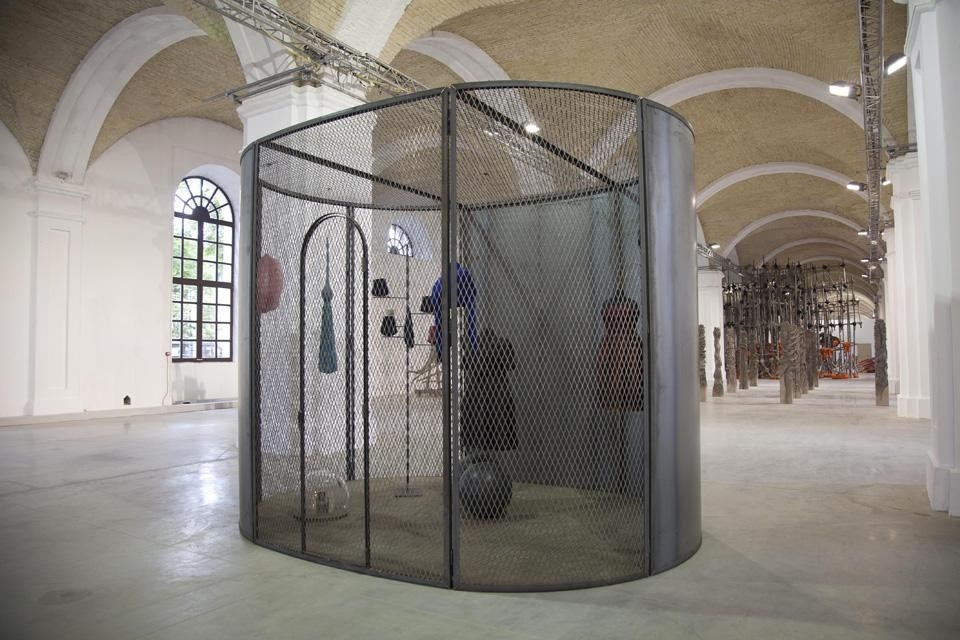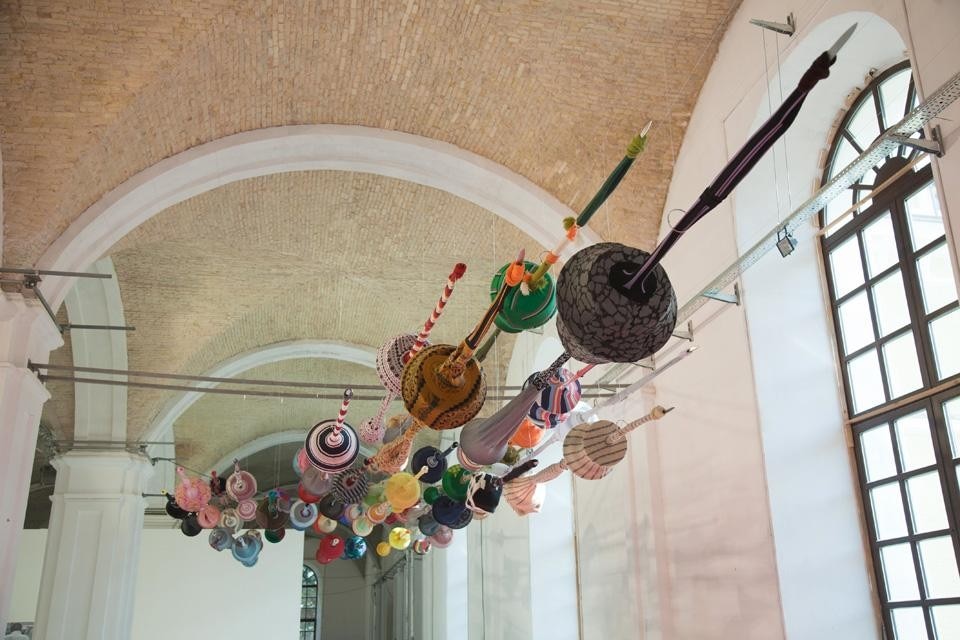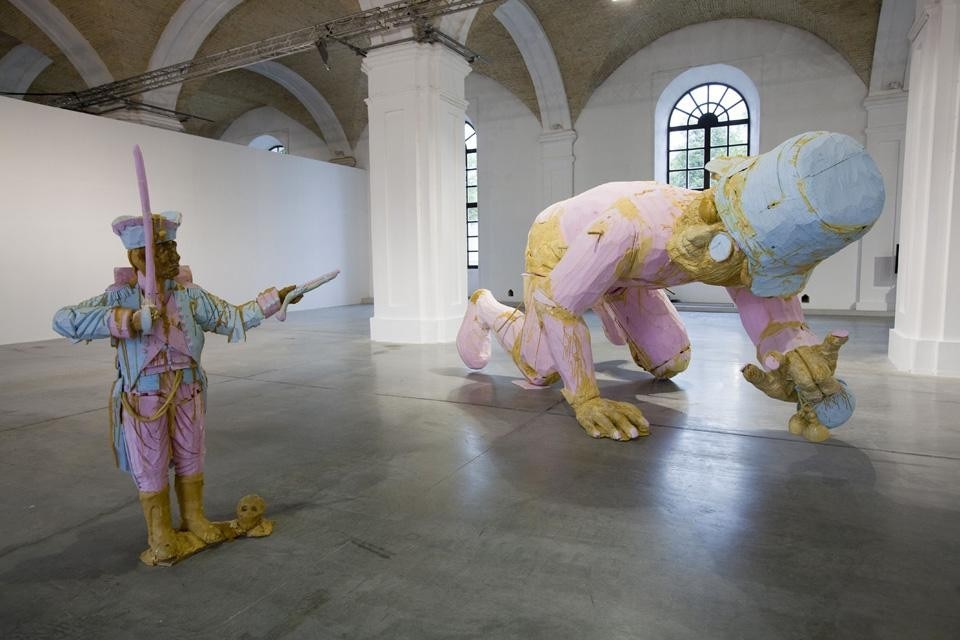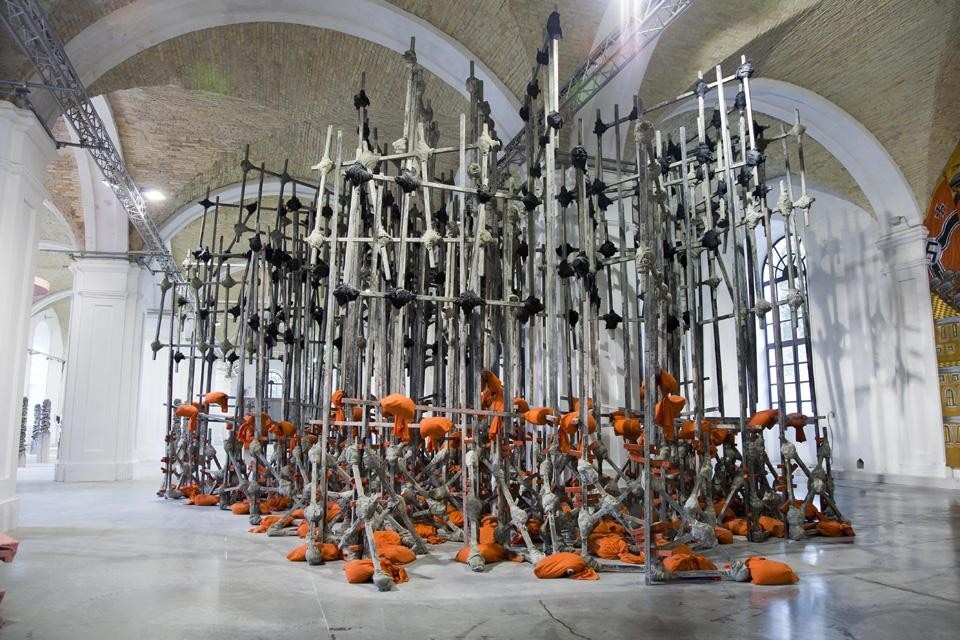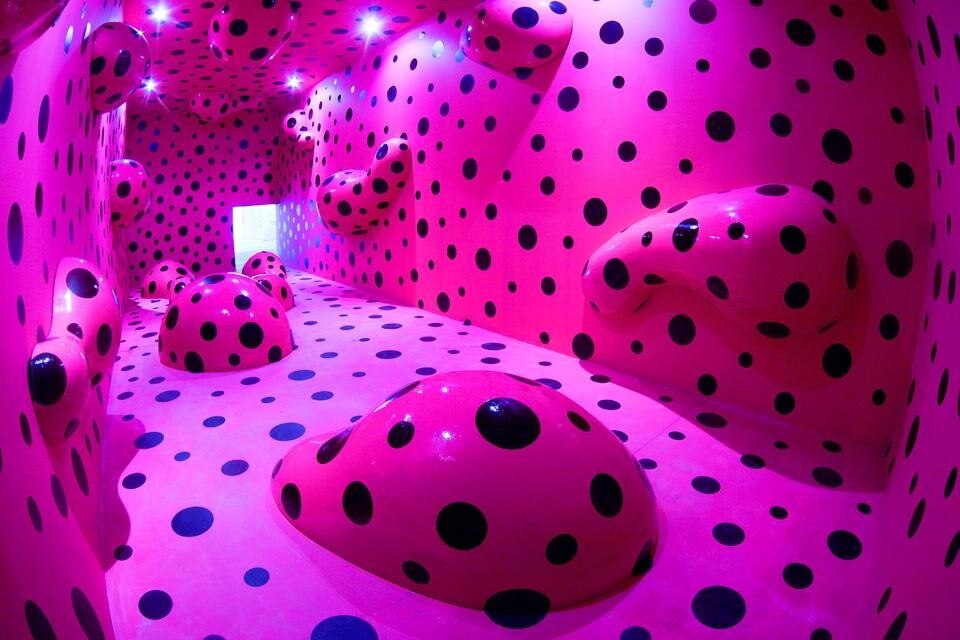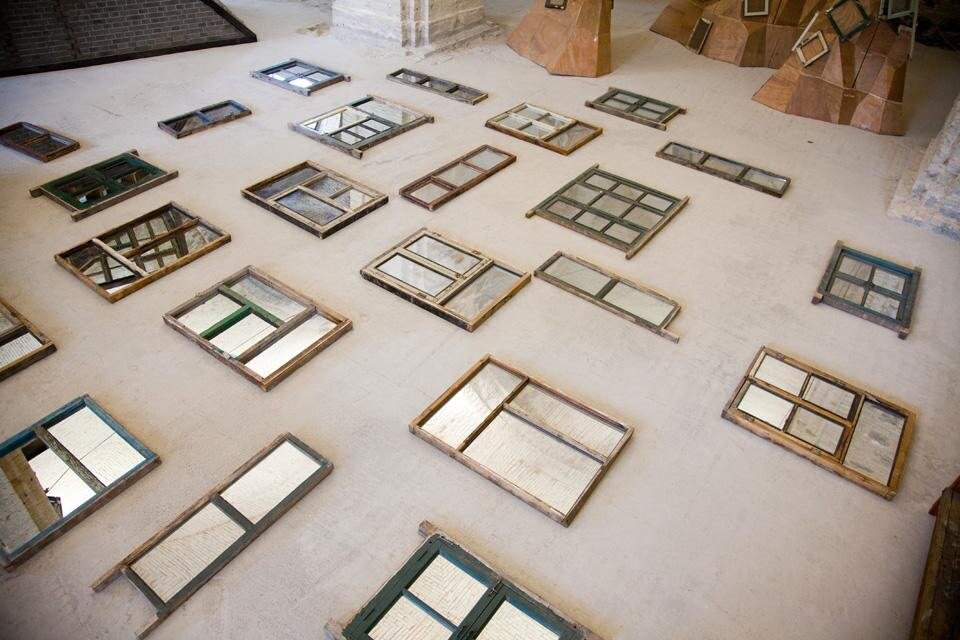The Kiev Biennale also finds a powerful ambassador in Mystetskyi Arsenale's director Natalia Zabolotna, has engineered a major coup for the powerful emerging art from the former Soviet Union. Zabolotna worked and campaigned for the resurrection of this massive ex-Cossack fortress, which is now Europe's largest art museum. A spectacular showcase of brick-vaulted space and white stone columns, it is a fitting venue for her Biennale vision. "Art has the power to inspire and build bridges," she remarks, with remarkable commitment. "And our goal is to bring Ukraine's artistic and cultural heritage to the world stage."
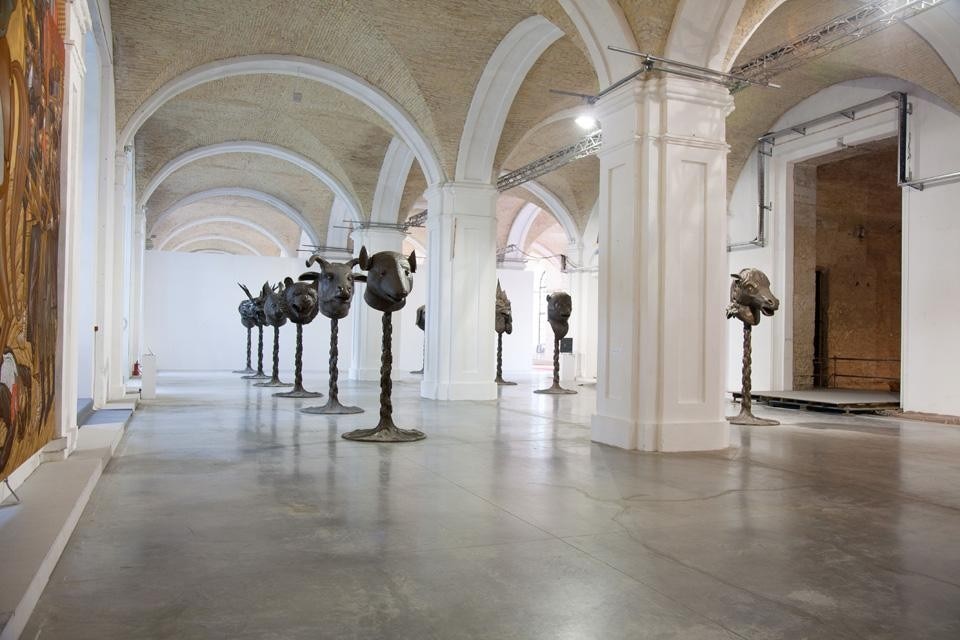
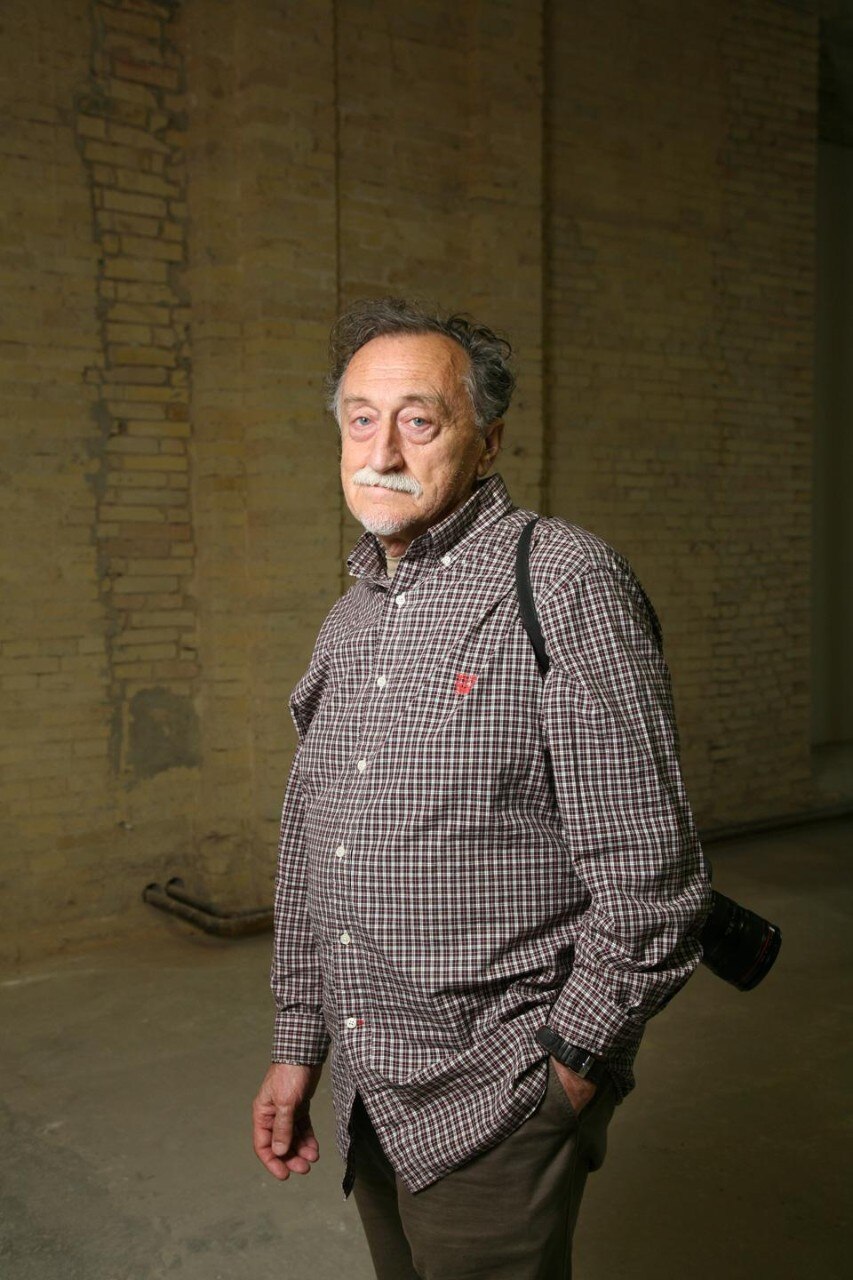
The 50,000 square metre space is hosting 99 artists such as Ai Weiwei and Louise Bourgeois, alongside Ukrainian contemporary art luminaries
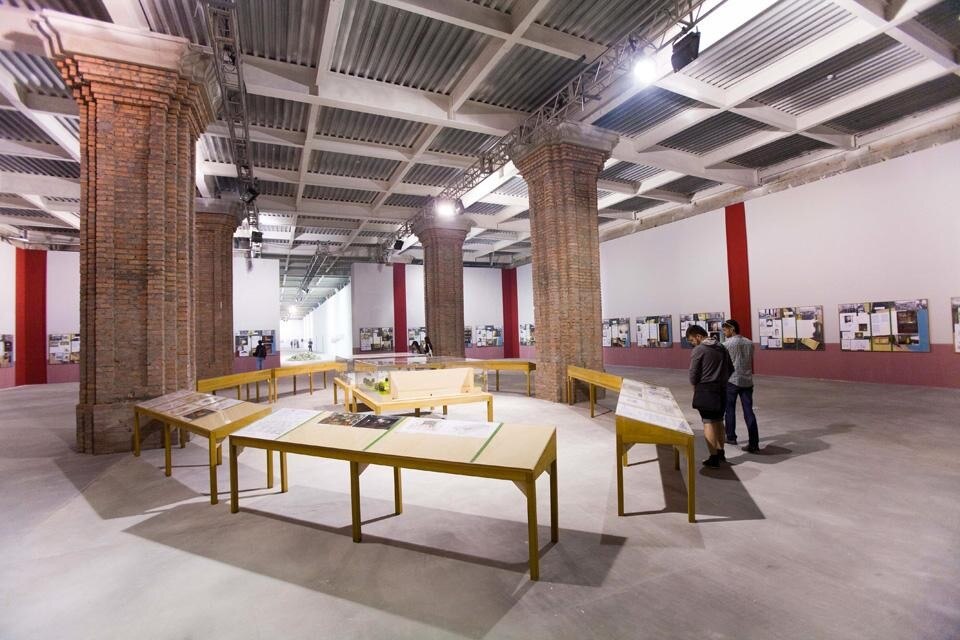
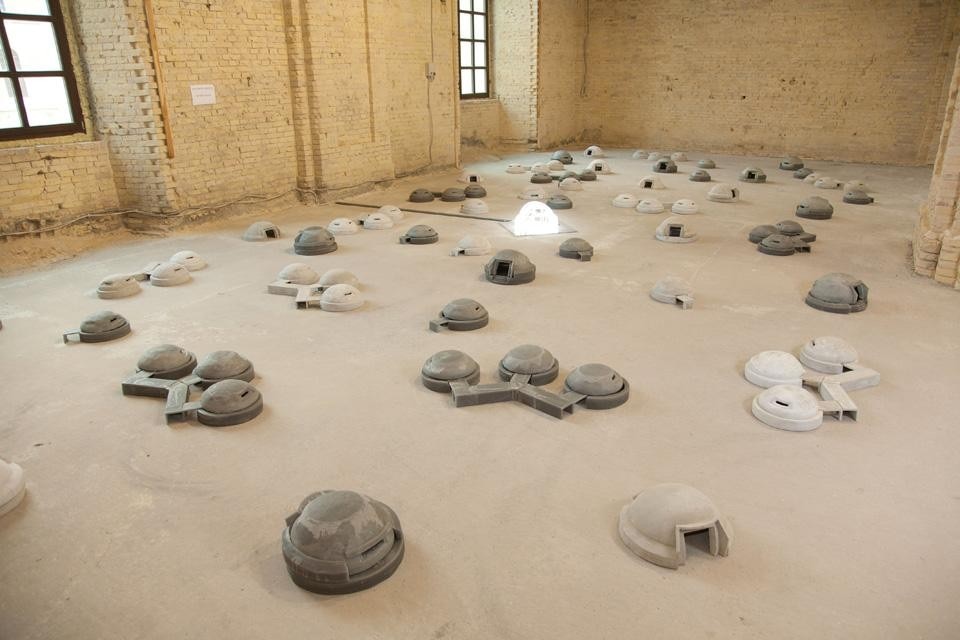
The Best Of Times, The Worst Of Times: Rebirth And Apocalypse In Contemporary Art
Kiev International Biennale of Contemporary Art
Mystetskyi Arsenale, Kiev
